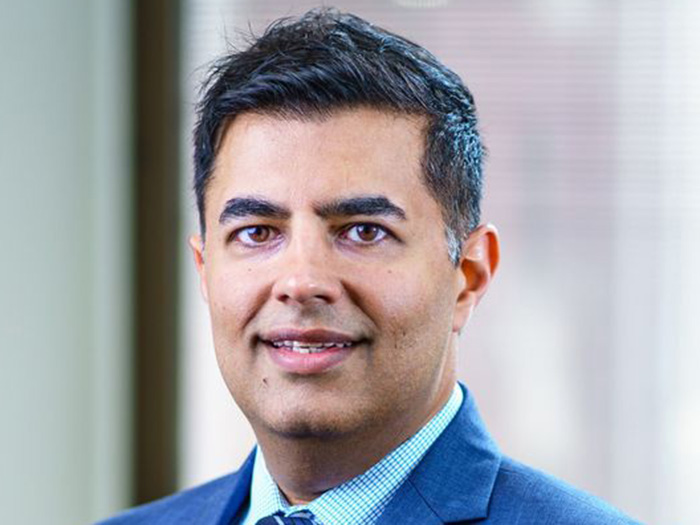Case Management
Missed Appointments, Missed Opportunities

Non-compliance with medical protocols, including missed medical, therapeutic and diagnostic appointments, “are a problem and have always been a problem” for workers’ compensation carriers.
However, the mechanisms they and care managers use to keep tabs on injured workers produce a higher compliance rate — and better outcomes — than in the general medical environment.
Stakeholders, including employers and insurers, “have a strong incentive to get workers back to work to reduce indemnity,” said Robert Hartwig, co-director, risk and uncertainty management center, Darla Moore School of Business, University of South Carolina.
Most employees are also eager to return to work, he said, other than a few instances of claim malingering, which preventive mechanisms tend to minimize.
Ten to 18 percent of injured workers never reach “substantial return to work,” according to new research by the Workers Compensation Research Institute that compares outcomes for injured workers in six states.
By contrast, only one percent of people on Social Security disability ever return to work, Hartwig said.
The goal of worker’s compensation — to restore to the maximum degree possible the employee’s health and ability to return to work — and the resources poured into that goal, accounts for the huge difference in outcomes, Hartwig said.
The workers’ compensation system is also sensitive to overutilization of appointments and procedures, he said.
Although no studies address the cost of missed workers’ compensation appointments specifically, all missed medical appointments cost the U.S. health care system more than $150 billion per year, said Joseph McCullough, senior vice president, transportation and language, One Call Care Management.
The cost of all non-adherence to medical protocols in the U.S. is approximately $290 billion, wrote Tomas Philipson, economist, University of Chicago, in “Forbes.” That equates to about 13 percent of total health care spending, or 2.3 percent of GDP.
Some Mechanisms
Carriers and care managers are harnessing all manner of mechanisms, high and low tech, to urge, prod and remind workers of their appointments. For example, One Call partners with Lyft to provide transportation for ambulatory workers to and from their appointments.
Through text messages limited to times, travel conditions and locations, One Call’s program seeks to prevent missed and delayed treatment caused by transportation snafus, McCullough wrote in an email interview, and instantly reschedules appointments when necessary.

Robert Hartwig, co-director, Center of Risk and Uncertainty Management at the Darla Moore School of Business, University of South Carolina
CorVel uses a three-point strategy that embraces highly coordinated care management, transportation and motivation techniques to make sure workers get to their appointments, understand their importance and accept accountability for their own recovery, said Karen Thomas, director, case management innovation, CorVel.
Its case managers — telephonic, field and one-off task managers — orchestrate scheduling with workers, issuing reminders about dates and what they need to bring. Most important, she said, “We educate them on why the appointment is important and how it impacts recovery. Case managers develop a relationship with the worker.”
Like One Call, CorVel arranges transportation for ambulatory and non-ambulatory workers. It schedules pick-ups, and through a proprietary system, communicates in real time with the worker, providers, adjuster and case manager, then documents and tracks the progress of the appointment.
Finally, Thomas said, there’s the worker’s accountability. “The worker doesn’t want to let the case manager down. After the appointment. I’ll ask, ‘Did you get what you needed? Are your questions answered?’ We don’t necessarily want to pressure the worker, but buy-in is important.”
“Our challenge is to figure out how to help workers get better despite themselves.” — Karen Thomas, director, case management innovation, CorVel
More encouragement may be necessary for the small number of injured workers who throw up roadblocks to their own recovery.
Case management is an advanced practice, Thomas said, and its nurses have experience with rehab medicine, trauma, chronic pain and its associated depression and self-sabotage.
“Our challenge is to figure out how to help workers get better despite themselves,” using every available motivation: return to an active lifestyle or playing catch with the kids.
Biggest Cost: Lost Time
Most physicians waive fees for missed appointments, said Dr. Teresa Bartlett, MD, senior vice president and medical director, Sedgwick Claims Management Services Inc. But every lost workday costs $400 to $900 as well as the worker’s lost productivity. It can also protract indemnity benefits unnecessarily.
For example, a missed appointment just prior to return to work could add a week or more to the claim if the physician can’t fit in a rescheduled appointment earlier.
Depending on the jurisdiction, deliberately missed appointments and other schemes to protract benefits can jeopardize workers’ compensation payments, Bartlett said. “That’s why we do friendly reminders. It’s in their own best interest.”
Because timely care that conforms to best practices produces the best outcomes, Sedgwick, a claims and care manager, expedites appointments from the moment of the injury, said Bartlett. Sedgwick brings care to the worker almost immediately through telemedicine.
Sedgwick also trains its examiners to spot the signs of the behaviors and comorbidities that can lead to creeping catastrophic claims — the rolled ankle that spirals into wheelchair confinement, obesity, diabetes and heart disease, for example.
“If the worker says he just doesn’t have the energy to get into the car and go to the appointment, we’ll refer him for behavioral health intervention,” Bartlett said. “To get the case back on track, that worker will be queued up for telephonic nurse case management or field case management where a nurse goes with him to the appointment.”










